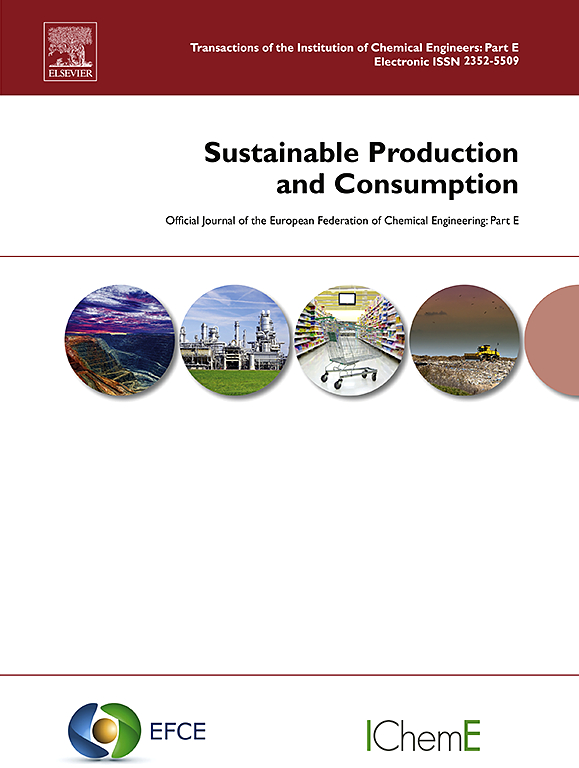Assessing the carbon neutrality capacity of wetland and non-wetland ecosystems in a typical coastal region
IF 10.9
1区 环境科学与生态学
Q1 ENVIRONMENTAL STUDIES
引用次数: 0
Abstract
To achieve carbon neutrality in 2060, increasing carbon sequestration and reducing carbon emissions are necessary to mitigate climate change. In this study, we developed a framework for assessing the carbon neutrality of wetland and non-wetland ecosystems, by clarifying the wetland, non-wetland carbon sinks as well as carbon emissions, and selected the Yellow River Delta High-efficient Eco-economic Zone (YRDHEZ) in China as a case study. The results indicated that the total ecosystem carbon sinks fluctuated between 18.0 and 23.5 MtCO2 yr−1, with a decrease of 15.3% during the study period. The carbon sinks decreased from 9.1 to 5.2 MtCO2 yr−1 in wetland ecosystems and from 15.1 to 11.2 MtCO2 yr−1 for non-wetland ecosystems. The total anthropogenic carbon emissions showed a trend of initial increase, followed by a decrease, peaking at 111.0 MtCO2 yr−1 in 2015. The carbon neutrality capacity decreased from 31.7% to 6.8% for wetland ecosystems, from 44.8% to 17.3% for non-wetland ecosystems, which did not reach carbon neutrality. Comprehensive policies are proposed by forming a wetland carbon offset restoration system, optimizing low-carbon patterns, developing carbon emission trading. These results revealed a significant imbalance between carbon sinks and anthropogenic carbon emissions, highlighting the urgent need for carbon neutrality and environmental sustainability.
典型沿海地区湿地与非湿地生态系统碳中和能力评价
为了在2060年实现碳中和,必须增加碳固存并减少碳排放,以减缓气候变化。本研究通过厘清湿地、非湿地碳汇和碳排放,构建了湿地和非湿地生态系统碳中和评估框架,并以中国黄河三角洲高效生态经济区(YRDHEZ)为例。结果表明:生态系统碳汇总量在18.0 ~ 2350 MtCO2 yr - 1之间波动,研究期间减少了15.3%;湿地生态系统的碳汇从9.1 MtCO2 yr - 1减少到5.2 MtCO2 yr - 1,非湿地生态系统的碳汇从15.1 MtCO2 yr - 1减少到11.2 MtCO2 yr - 1。人为碳排放总量呈现先增加后减少的趋势,在2015年达到峰值1110 MtCO2 yr - 1。未达到碳中和的湿地生态系统碳中和容量从31.7%下降到6.8%,非湿地生态系统碳中和容量从44.8%下降到17.3%。从形成湿地碳补偿恢复体系、优化低碳模式、发展碳排放权交易等方面提出综合对策。这些结果揭示了碳汇与人为碳排放之间的显著不平衡,凸显了碳中和和环境可持续性的迫切需要。
本文章由计算机程序翻译,如有差异,请以英文原文为准。
求助全文
约1分钟内获得全文
求助全文
来源期刊

Sustainable Production and Consumption
Environmental Science-Environmental Engineering
CiteScore
17.40
自引率
7.40%
发文量
389
审稿时长
13 days
期刊介绍:
Sustainable production and consumption refers to the production and utilization of goods and services in a way that benefits society, is economically viable, and has minimal environmental impact throughout its entire lifespan. Our journal is dedicated to publishing top-notch interdisciplinary research and practical studies in this emerging field. We take a distinctive approach by examining the interplay between technology, consumption patterns, and policy to identify sustainable solutions for both production and consumption systems.
 求助内容:
求助内容: 应助结果提醒方式:
应助结果提醒方式:


